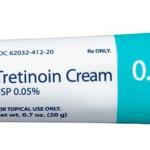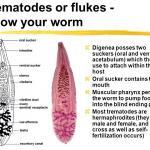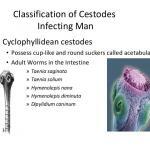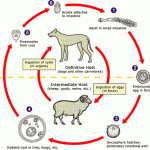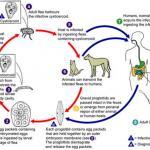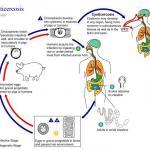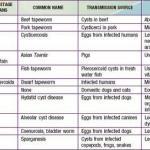
Betamethasone is a widely used topical corticosteroid in Canada, effective in treating various inflammatory skin conditions such as eczema, dermatitis, and psoriasis. It helps reduce symptoms like redness, swelling, and itching. Its availability in multiple forms allows for tailored treatment approaches. Canadian healthcare providers commonly prescribe this medication, ensuring patients receive appropriate care for their skin conditions.

